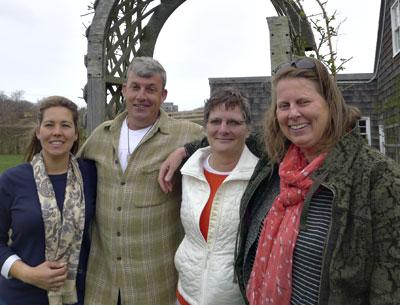E.M.T.s Sought in Montauk
E.M.T.s Sought in Montauk
The Montauk Fire Department is looking for people willing to train as volunteer emergency medical technicians for its ambulance squad. An informational meeting will be held at the firehouse on Wednesday at 7 p.m. to explain what the position requires and how much training is needed for certification.
The ambulance squad answers up to 700 calls each year, with at least one every day, and has only 20 E.M.T.s, not enough to cover the hamlet, especially in summer when the population swells with seasonal visitors, said Alan Burke, the captain of the department’s emergency service unit.
The fire department has paid paramedics, who are the first responders and usually respond within 10 minutes of a call to stabilize patients until an E.M.T. arrives on the scene to take over and accompany the patient to Southampton Hospital. Volunteer firemen or another E.M.T. can drive the ambulance.
Mr. Burke said that being a good neighbor means more than lending a helping hand or doing small favors now and then. Residents, he said, should take a moment to reflect on the people, especially family members, that might at some time have chest pains, difficulty breathing, or trip in the dark and fall down stairs and need the emergency service unit’s help. They are on duty 24 hours every day, and work without asking for pay or even a thank you, Mr. Burke said.
The basic requirements are simple: Volunteers must be 18 years or older, in good physical health, and of sound moral character. But there are also some givens, Mr. Burke said, such as being a caring, community-minded team player, one that enjoys a challenge, and loves to learn and acquire new skills.
“Nothing beats the fulfillment that comes from doing an important job while helping out in your own community,” Mr. Burke said.
After the informational meeting those who want to sign on could be riding on ambulance calls to observe throughout the summer, starting July 1. Schooling for the emergency service program begins in September.




